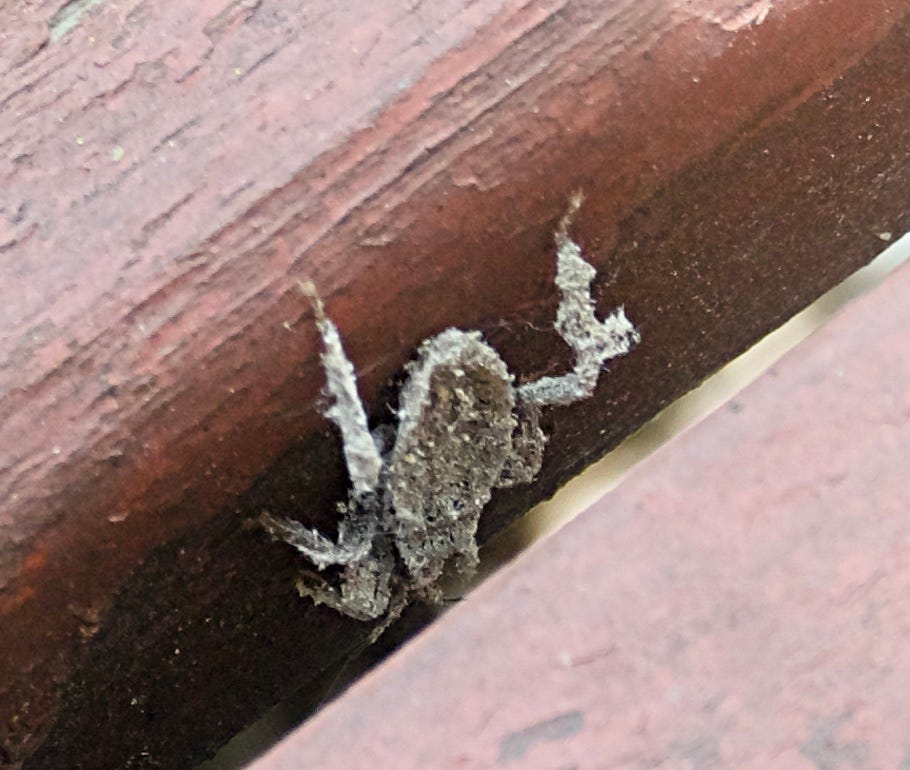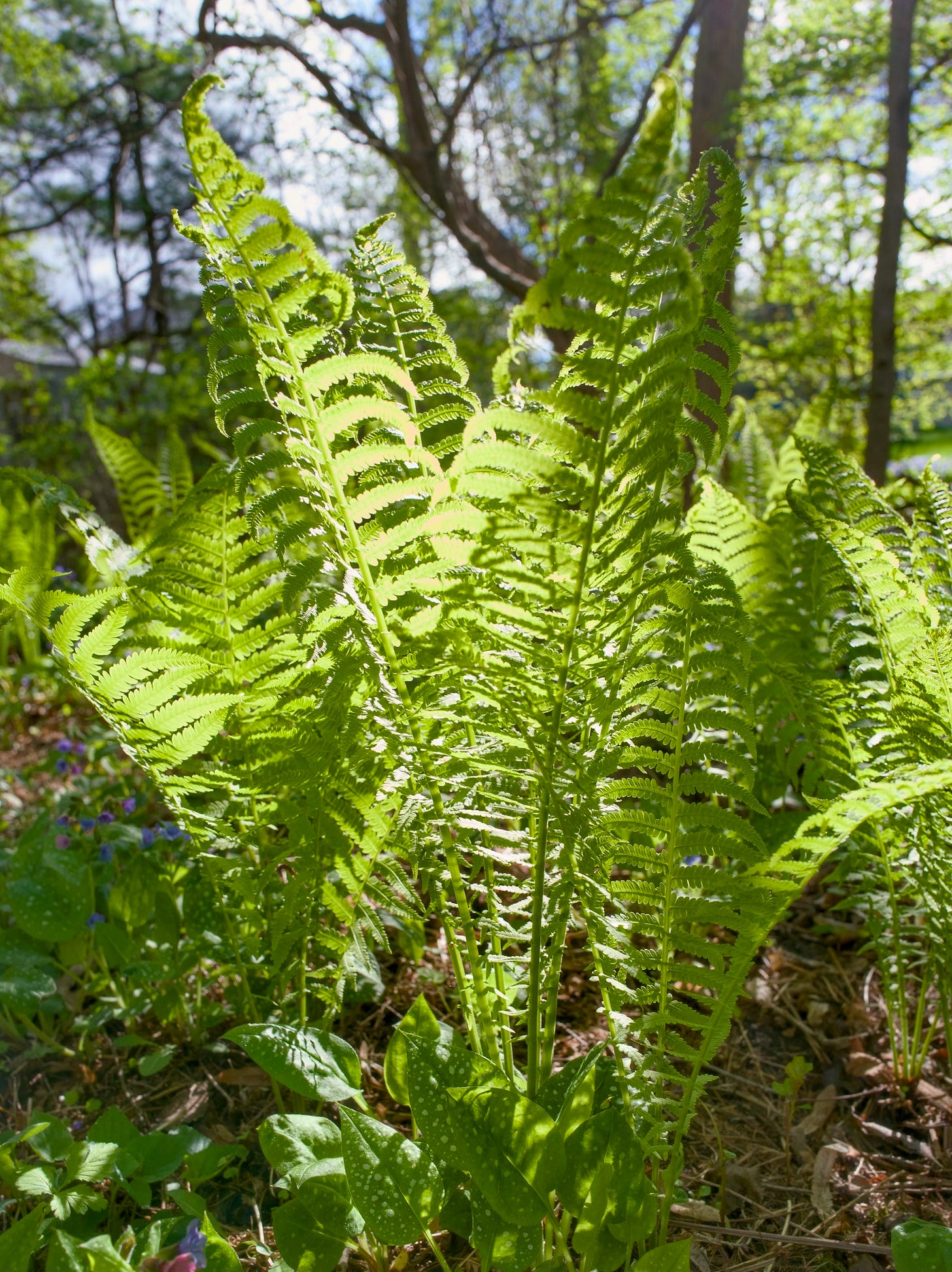Found clinging to the side of a book sitting on the floor next to my chair - subsequently tried to hide in a crack of the deck which is why only half of the insect is visible. I am confident that this is an “assassin bug” or masked hunter. They predate various small arthropods by piercing their exoskeletons and sucking … so, piercing and sucking mouthparts makes them genuine bugs.
Not native to North America but probably arrived here in the late 1800s and first recorded in Canada in 1905. Interestingly nymphs of these species camouflage themselves with dust … so this is a nymph. The adults are a shiny black.
Nymphs of R. personatus use their hind legs and a tarsal fan to construct a camouflaging layer of substrate on their bodies.[13] Two layers are formed, an inner layer of fine particles and an outer layer of coarser particles. The formation of these two layers may be the reason for the presence of long and short trichomes on the nymphs. Nymphs may use the serrated setae present on their abdomens to assist in loosening substrate for use in camouflage. The camouflage may assist the nymph in avoiding detection by both predators and prey. They hunt bed bugs at night, as well as other prey.
Wryneck
This is for interest really, because few and far are those readers who might encounter a specimen “Whilst Out Walking”, but it is a splendid account of bird of which I would like to make the acquaintance:







Glad you made it out of there alive...
Thanks for the link! Fascinating. The bug too